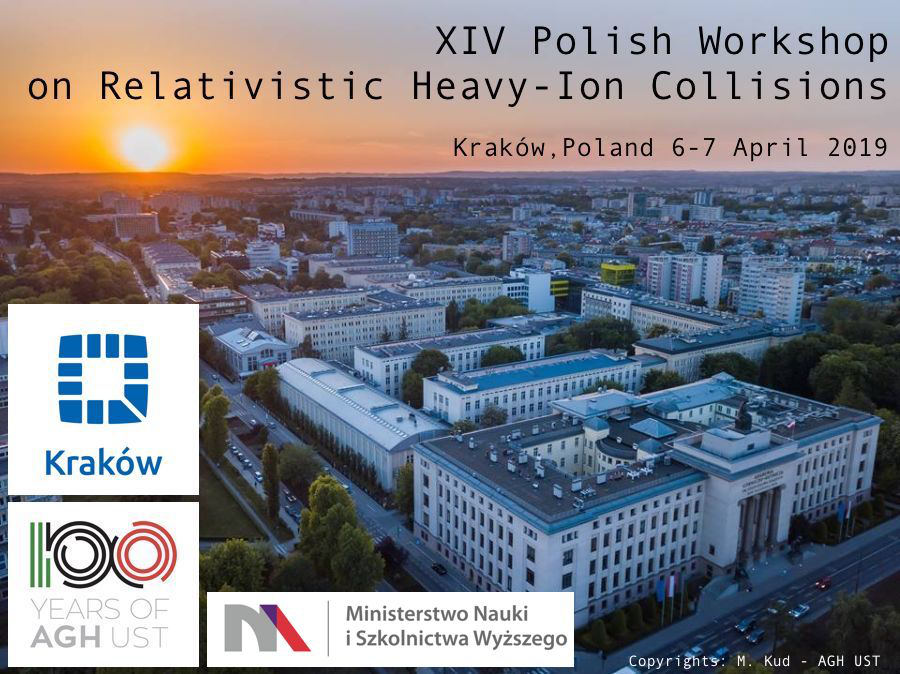Speaker
Description
The hard thermal (dense) loop (HTL) approach for the quark-gluon plasma
and the hadron resonance gas (nuclear statistical equilibrium) model for low-
density hadronic matter are well-studied limits of the equation of state for
strongly interacting matter. However, when investigating the transition
between both phases of QCD in heavy-ion collisions or in Astrophysics, the
question arises how to join these two limits, wishfully on the basis of quark
and gluon degrees of freedom where hadrons emerge as bound states and
condensates determine the phase structure.
I will elucidate the problem on two examples:
1) Compact star astrophysics, where the requirement to describe the high
mass of 2M_sun for pulsars puts strong constraints on the construction of the
junction between nuclear and quark matter [1], and
2) Heavy-ion collisions, where joining the hadron resonance gas and HTL
quark-gluon matter directly results in too high transition densities [2].
I present a possible road to the solution within a generalized Beth-Uhlenbeck
EoS that emerges from a cluster decomposition for the ɸ – derivable
approach which is capable of describing a QCD phase diagram with a critical
endpoint or also a crossover all over case [3].
[1] I. Tews et al., Astrophys. J. 860 (2018) 149
[2] A. Khvorostukin et al., Eur. Phys. J. C 48 (2006) 531
[3] N.-U. Bastian and D. Blaschke, arxiv:1812.11766 [nucl-th]




